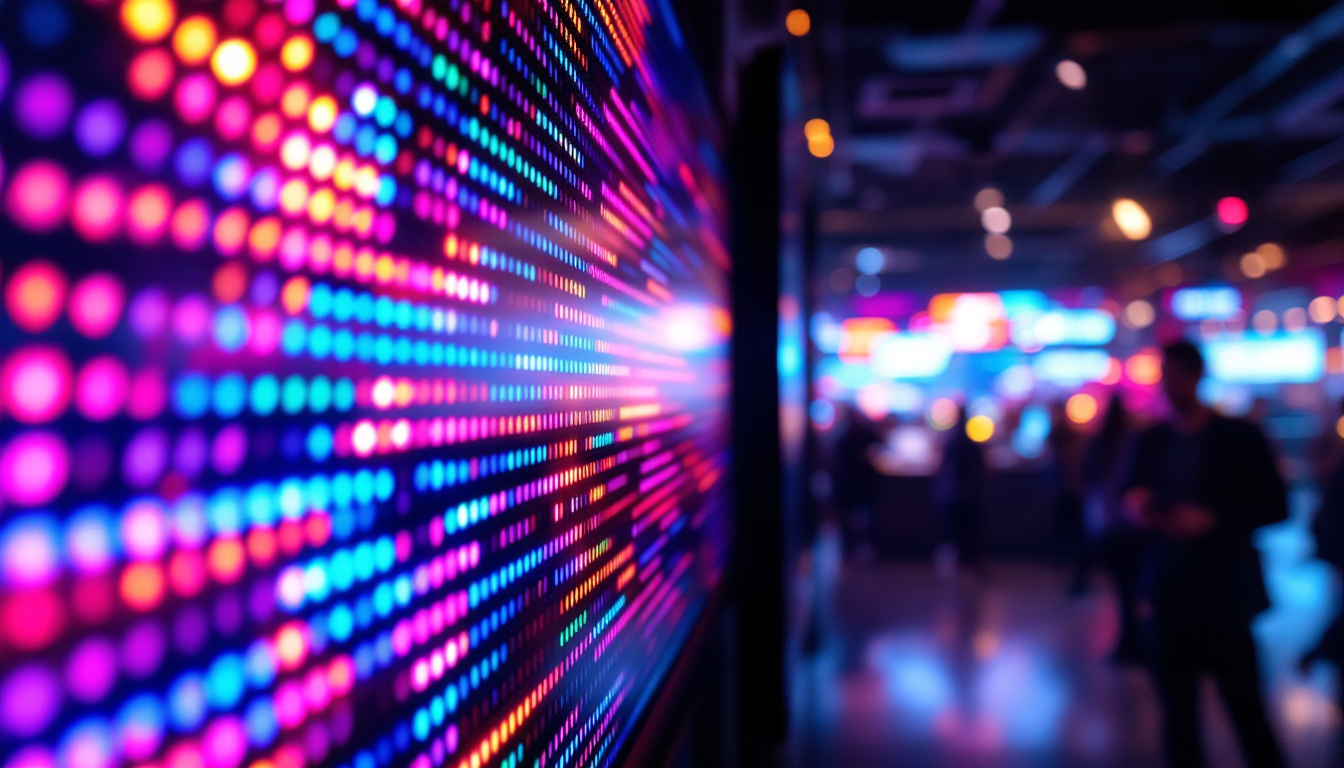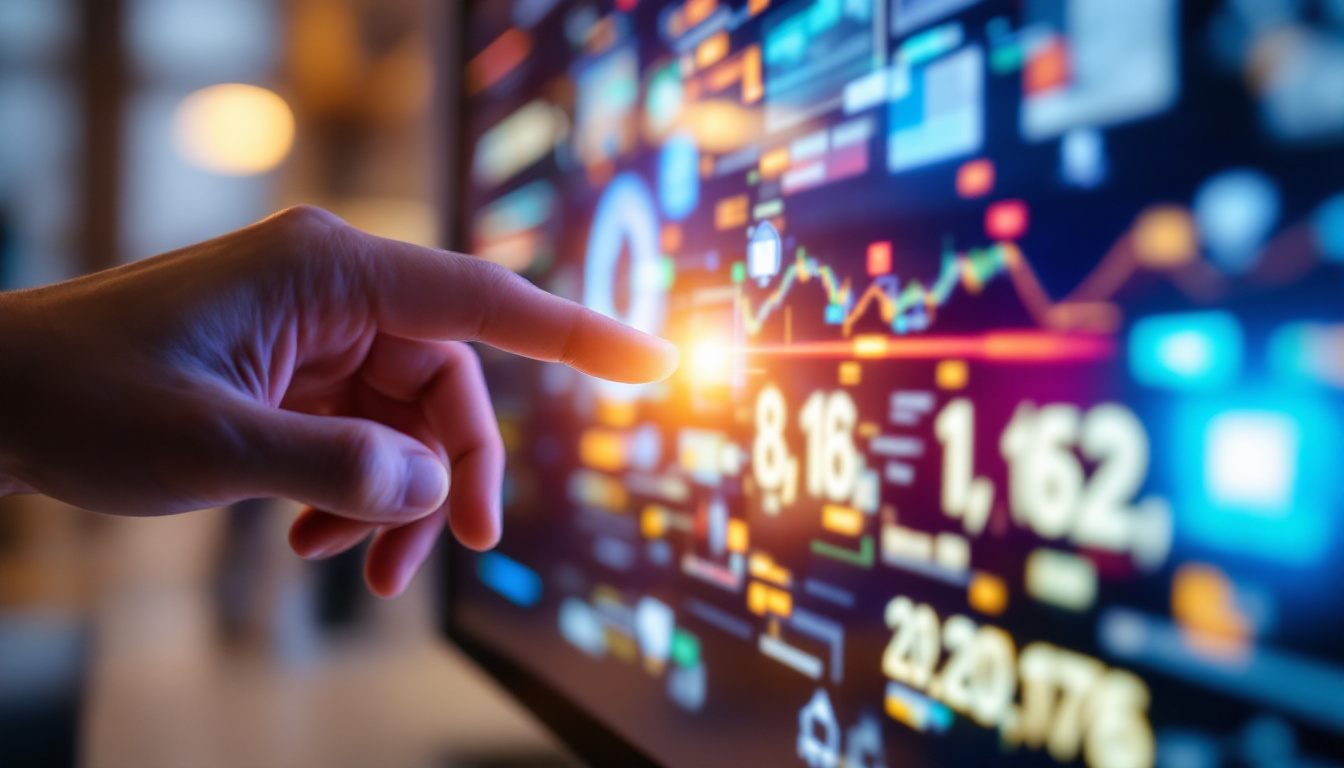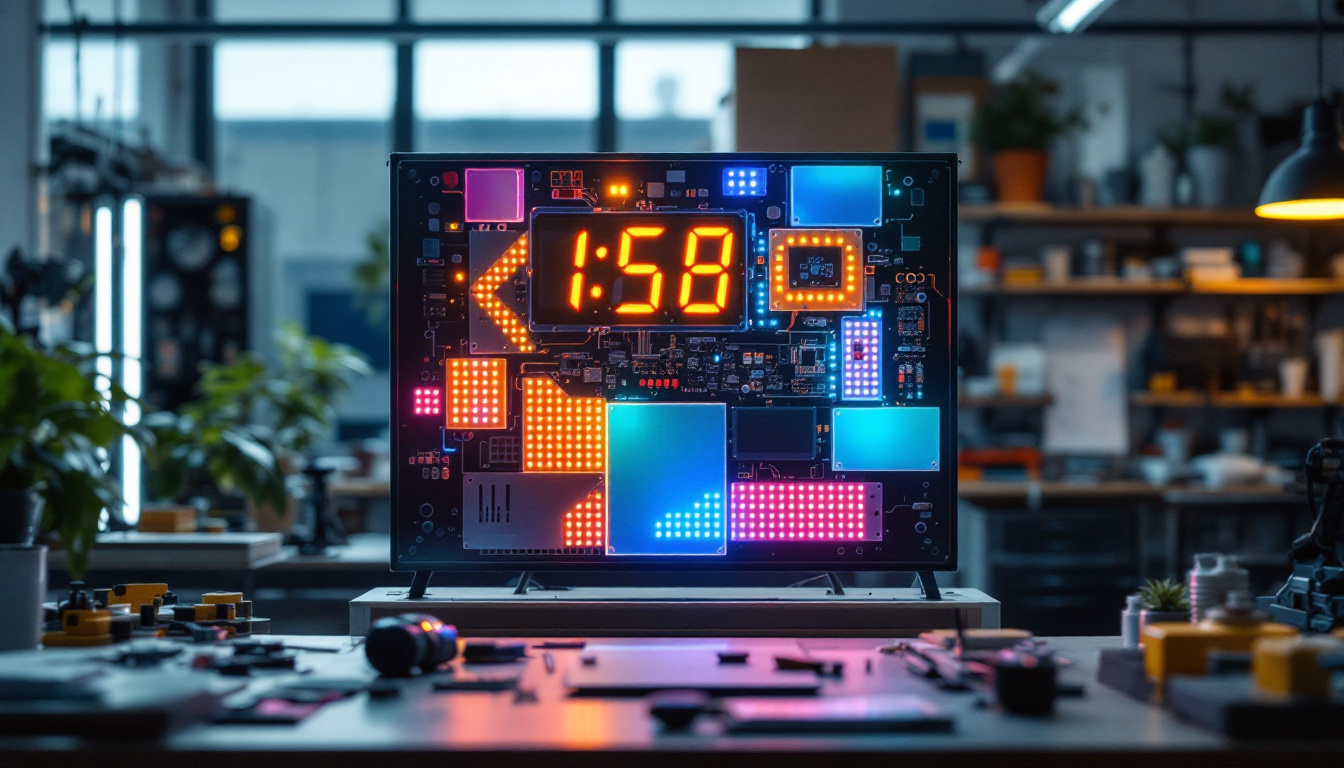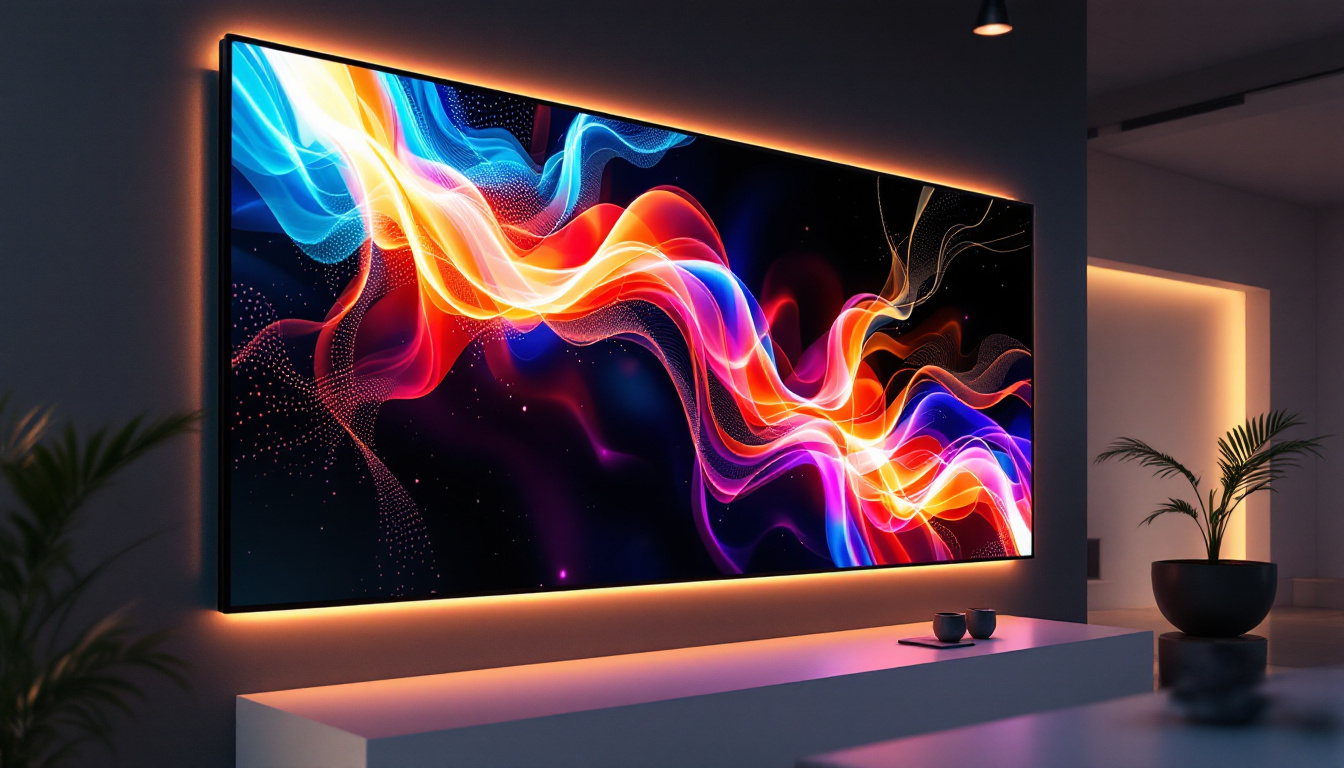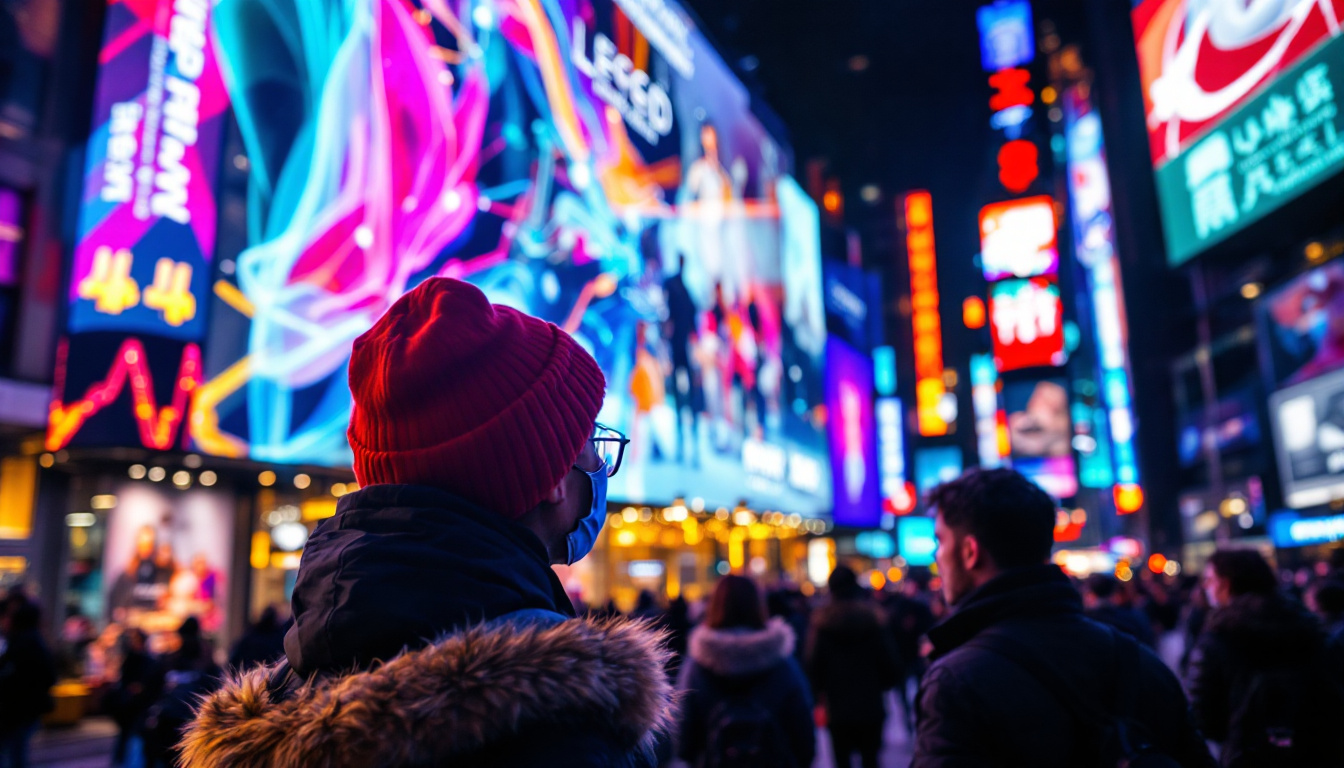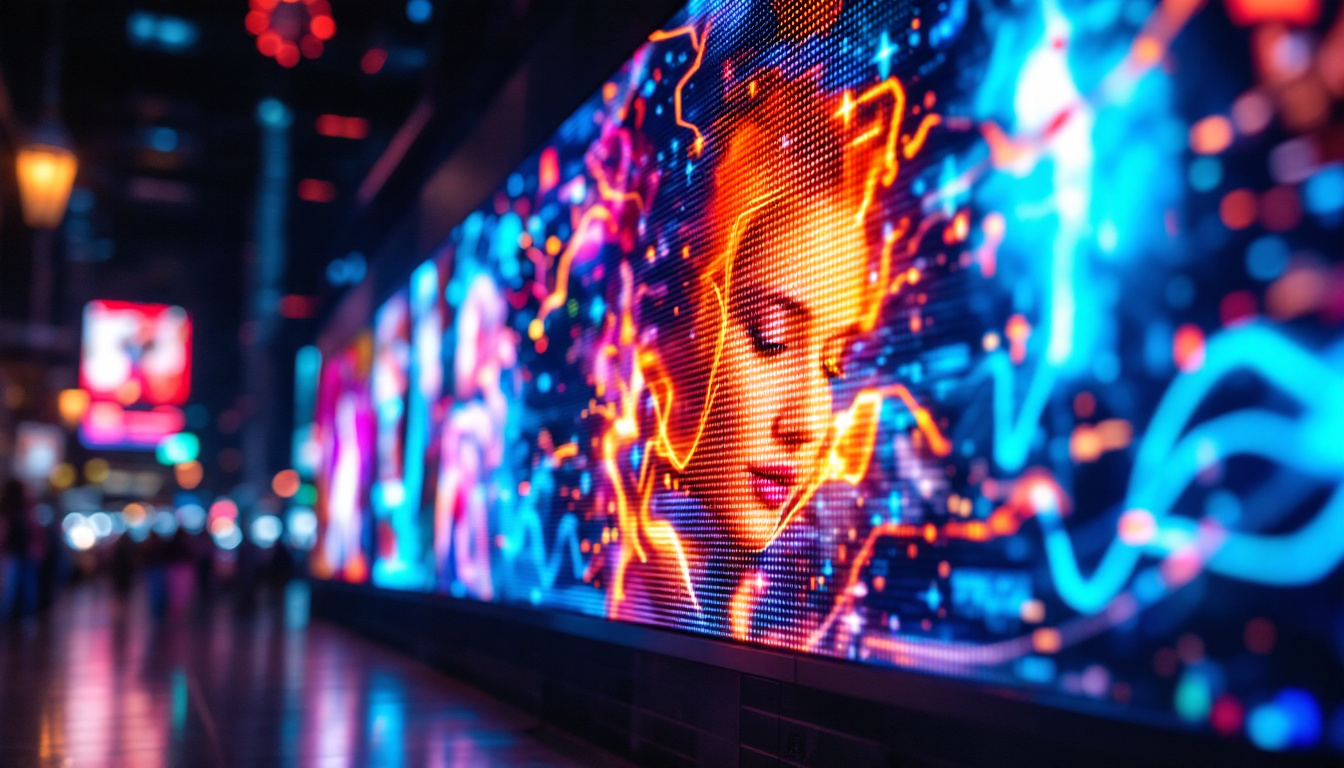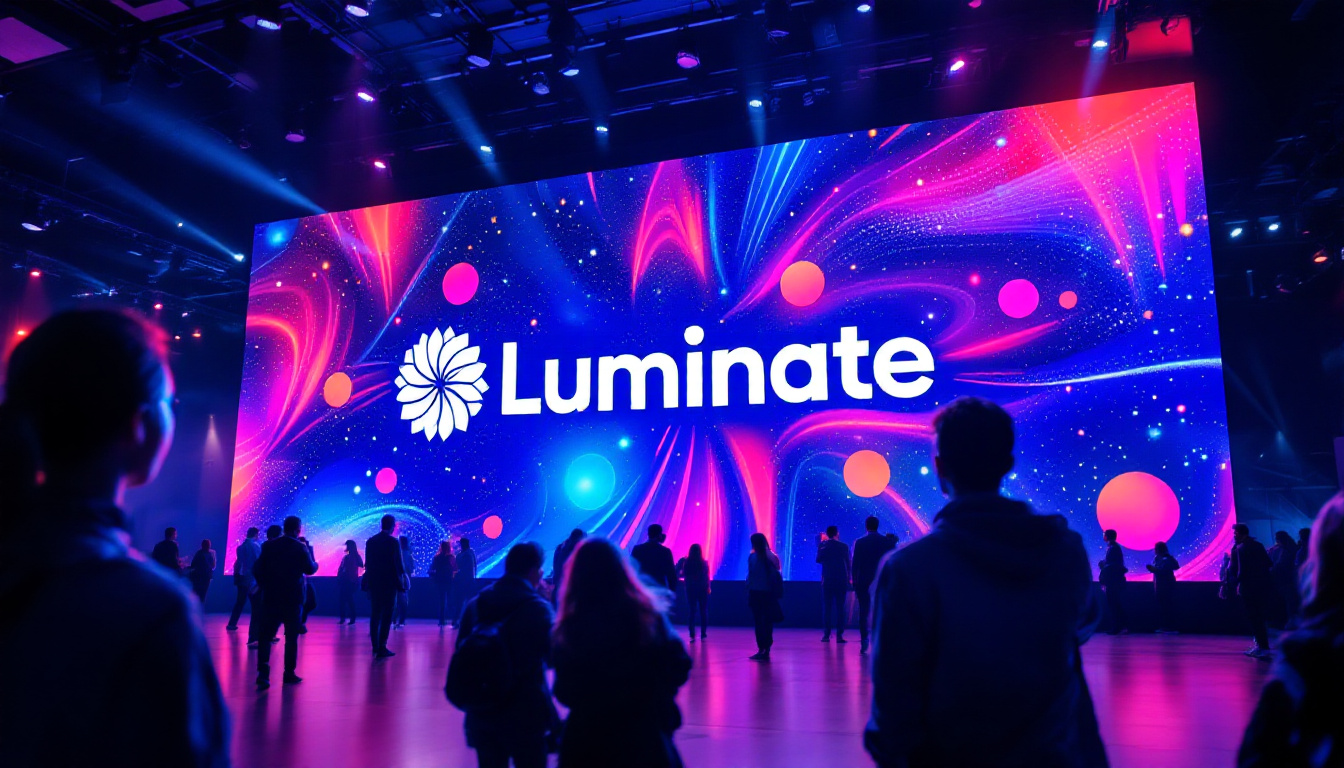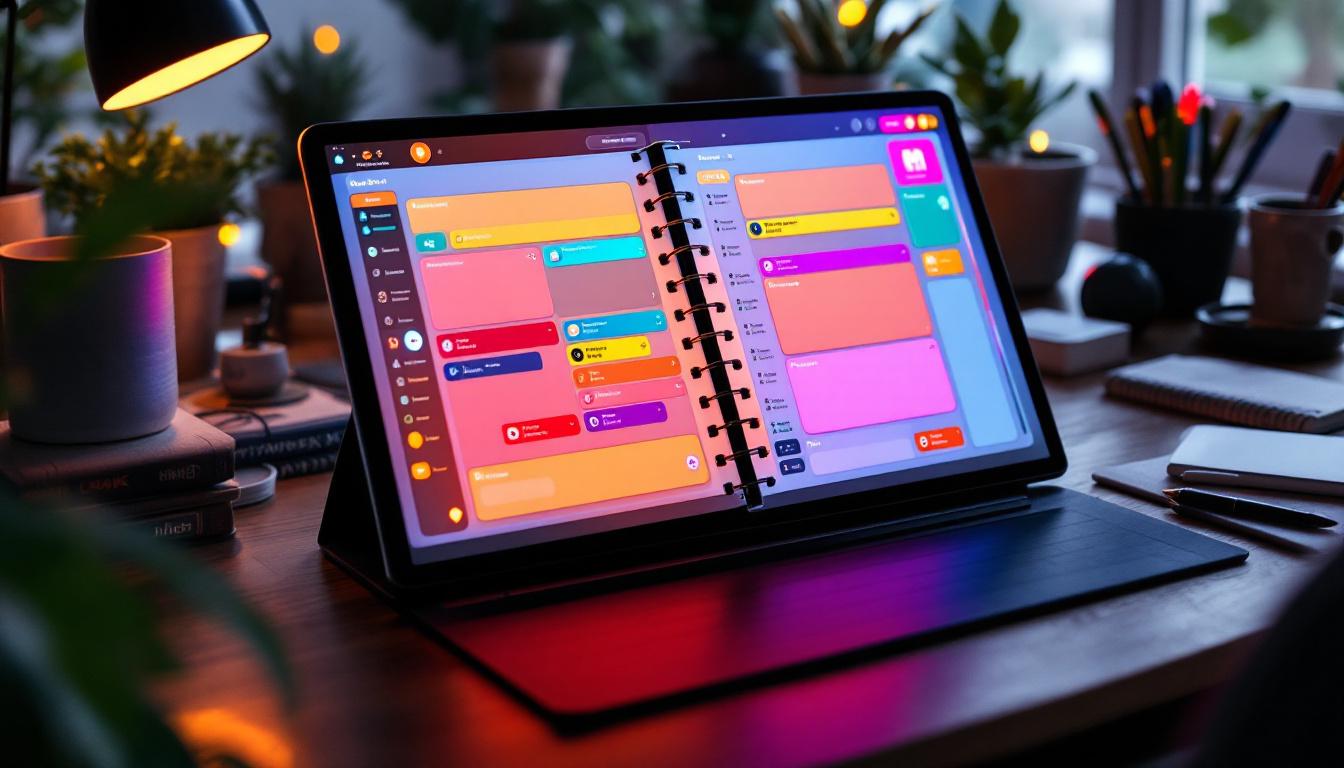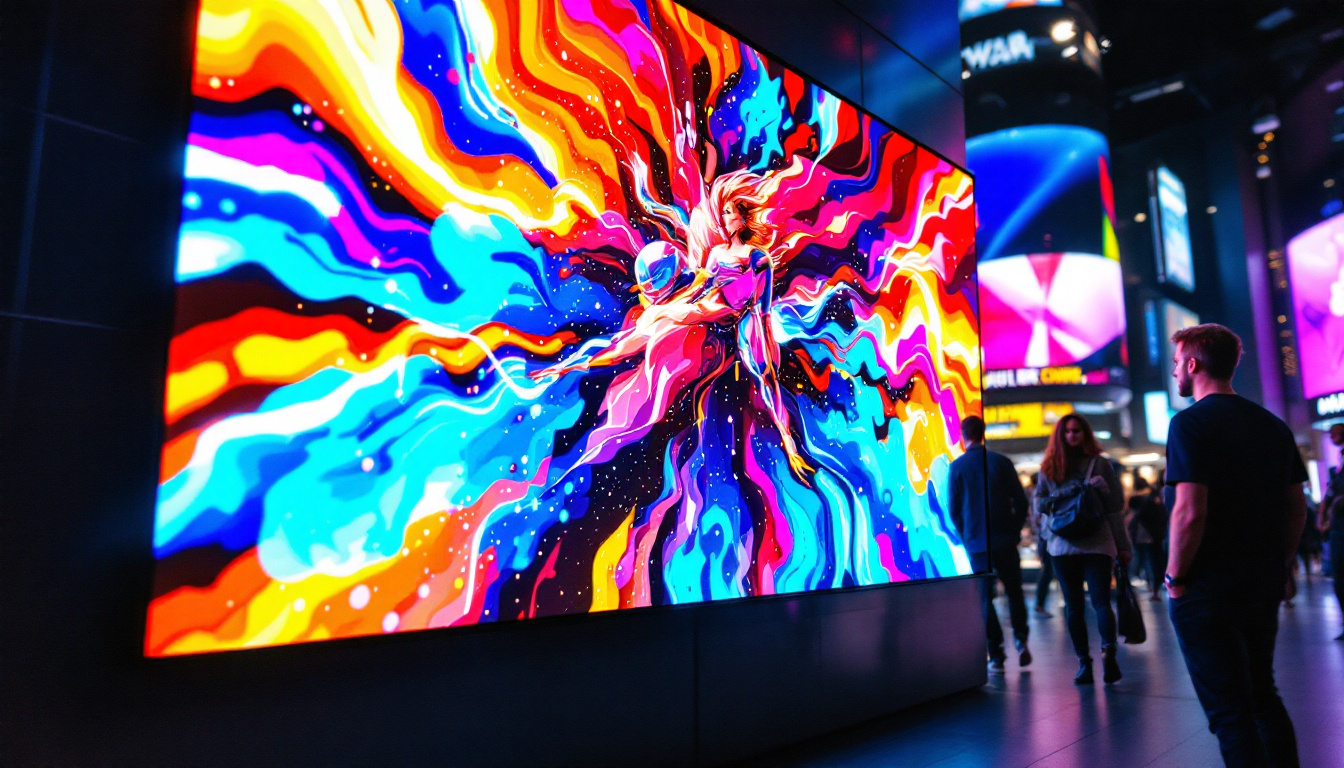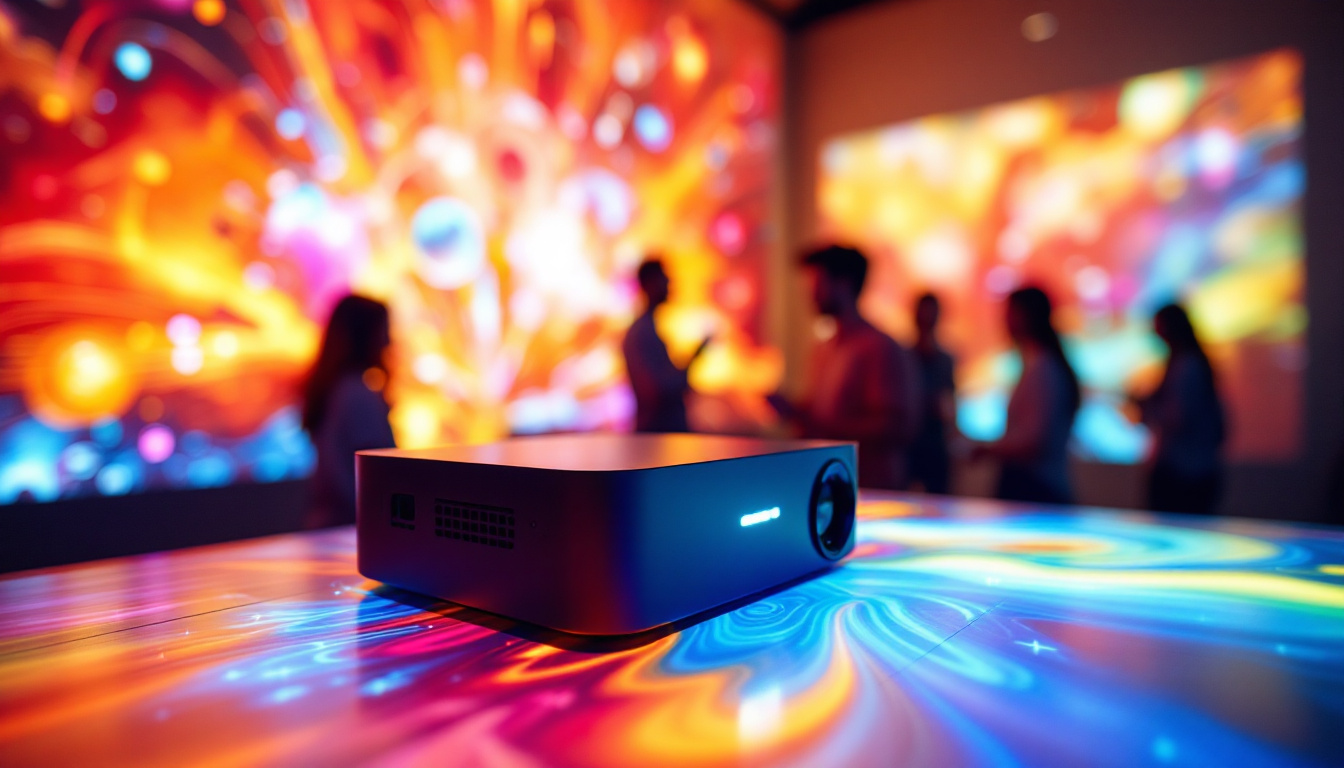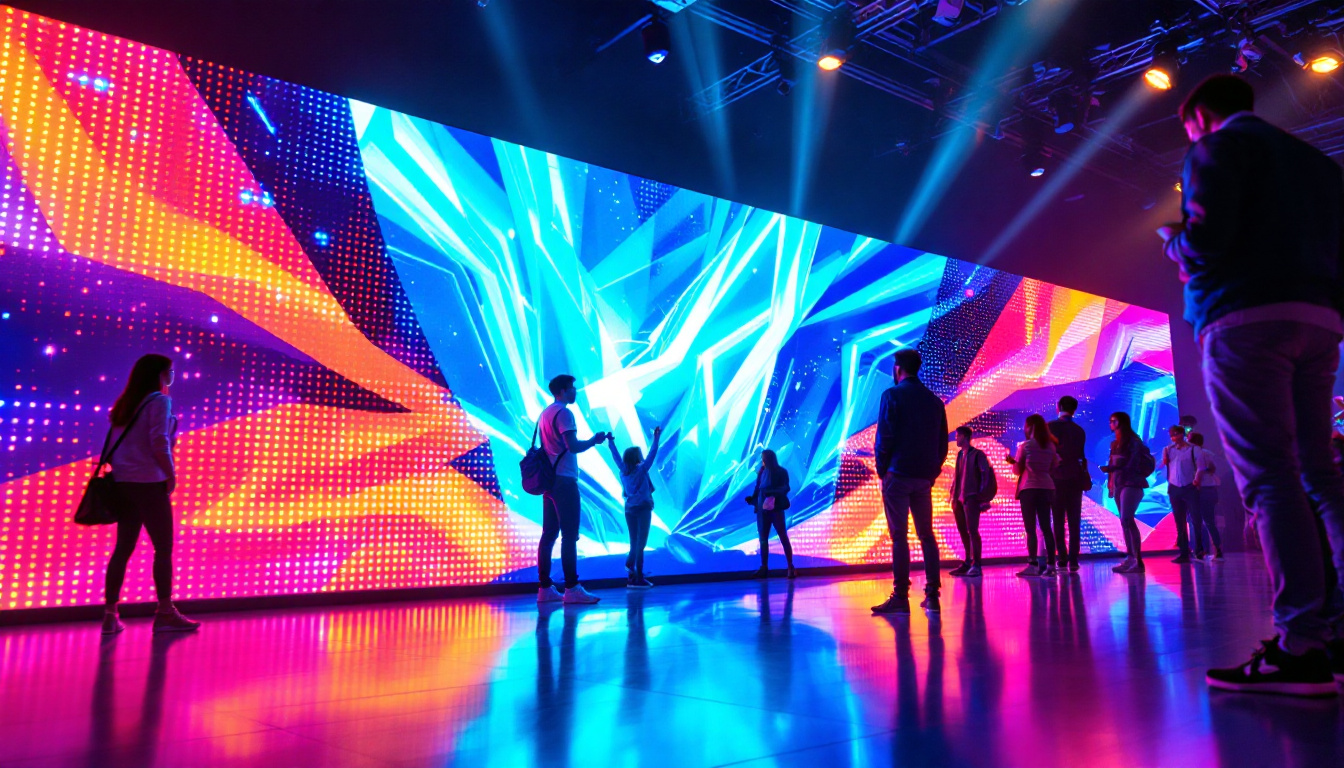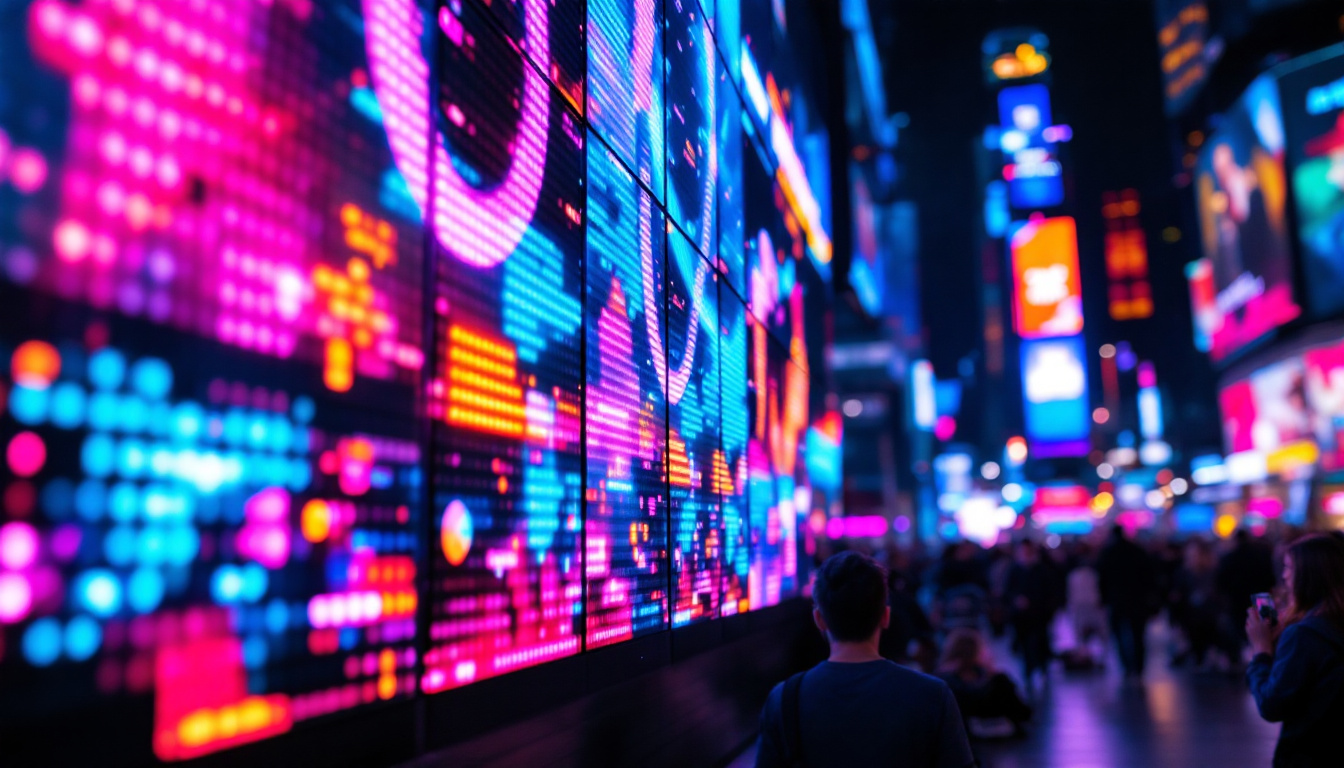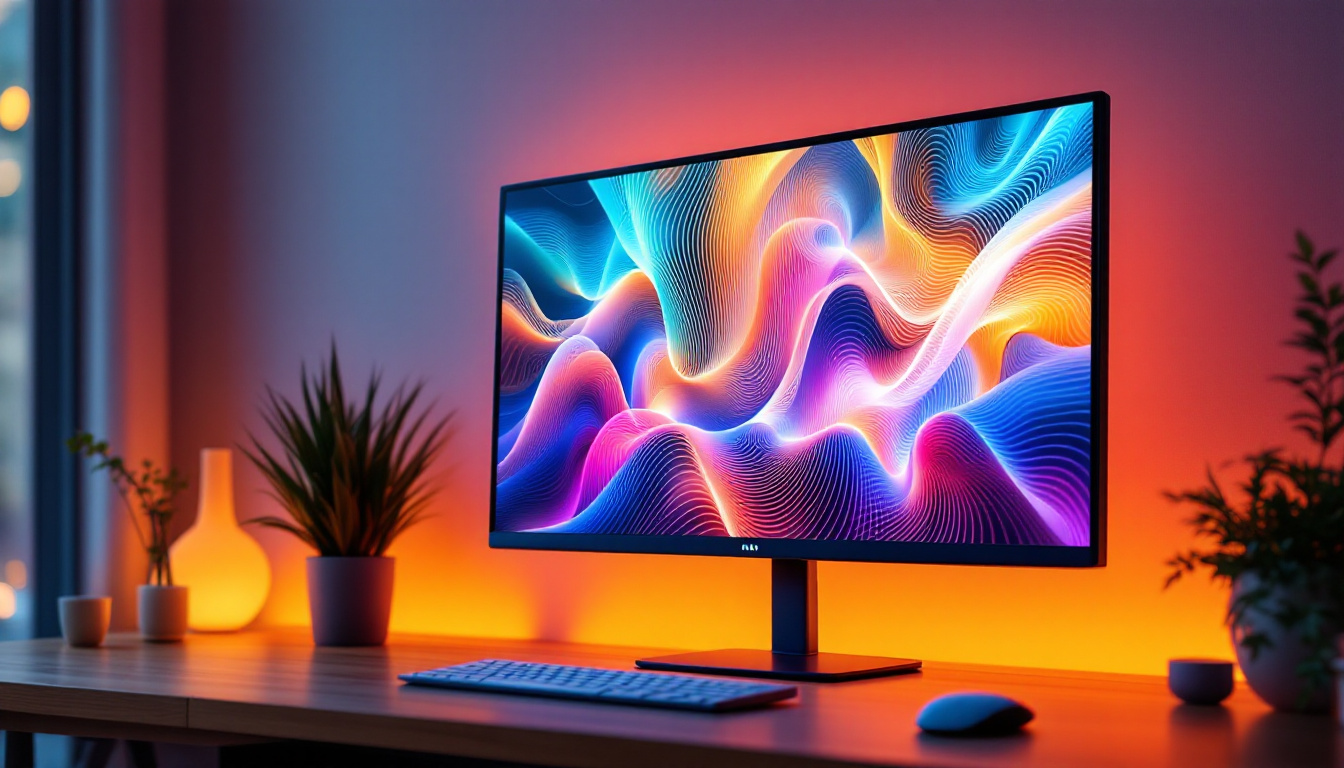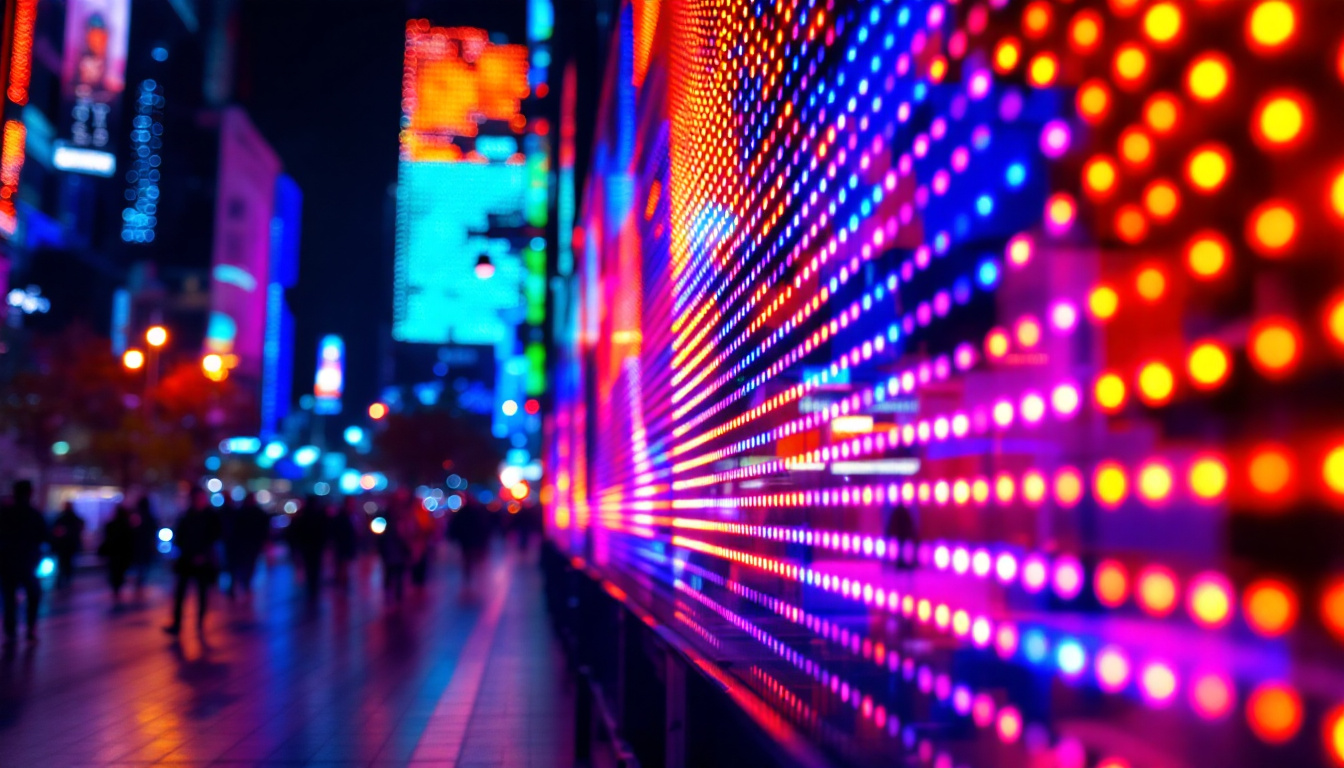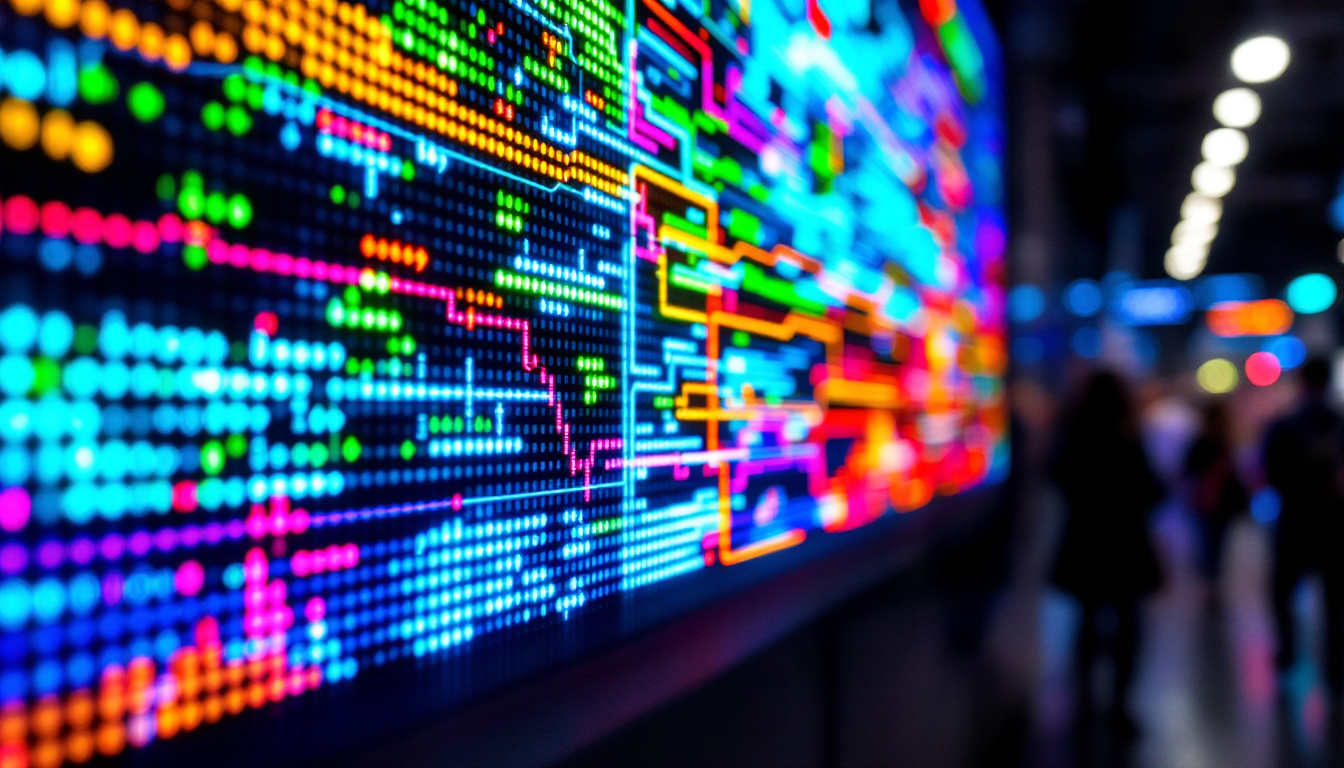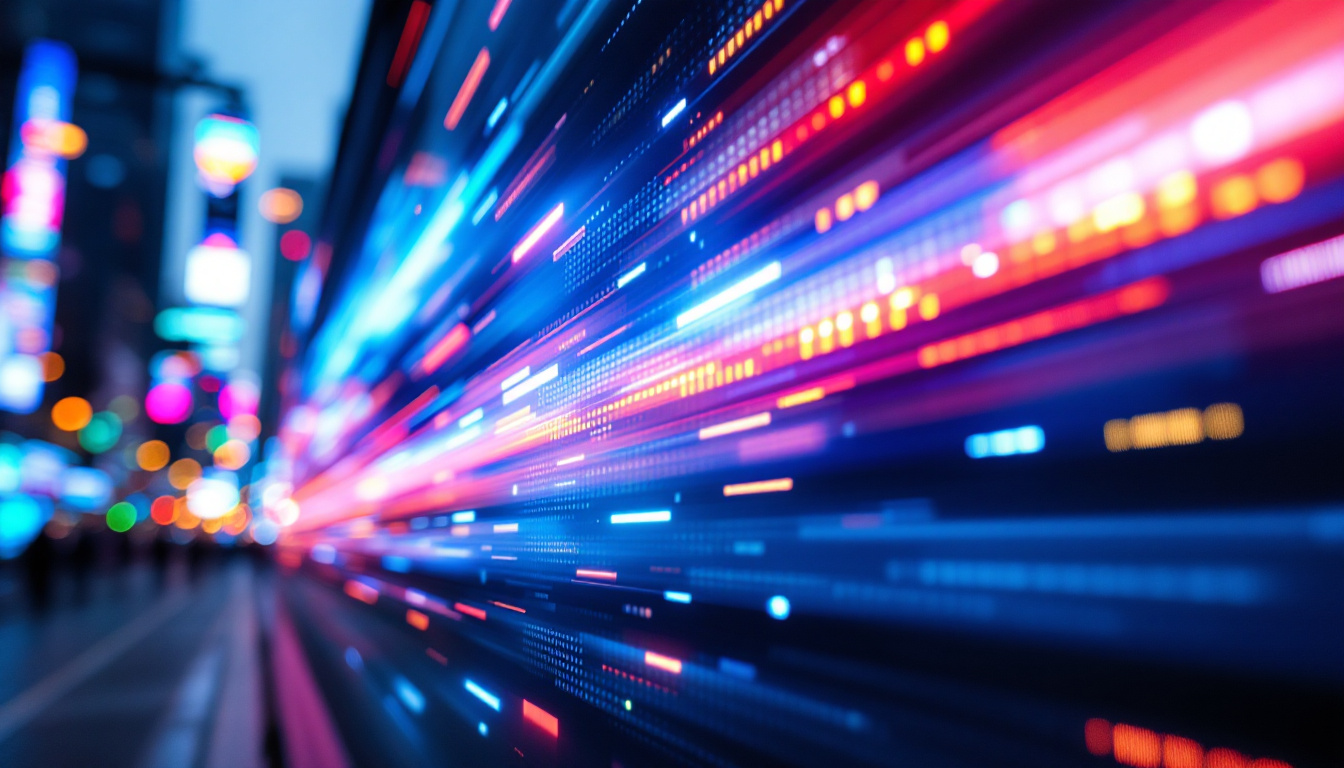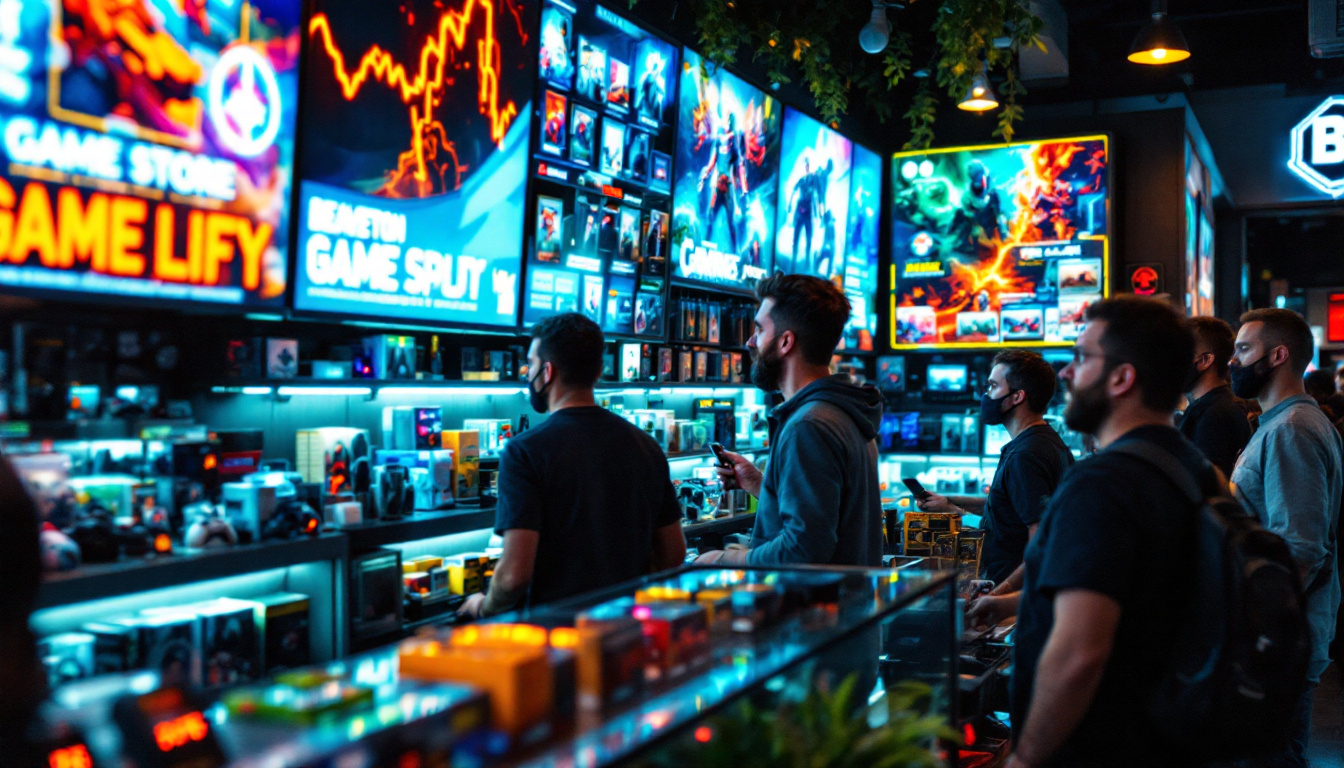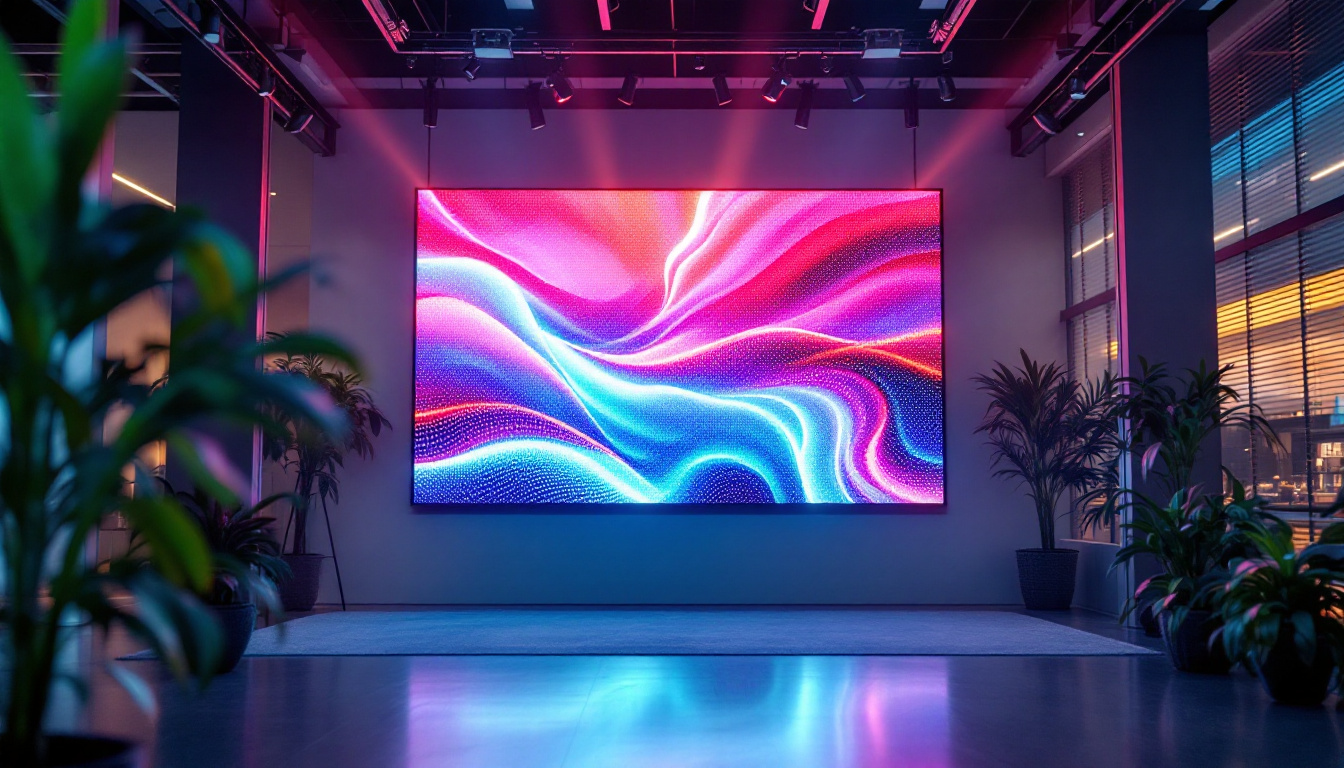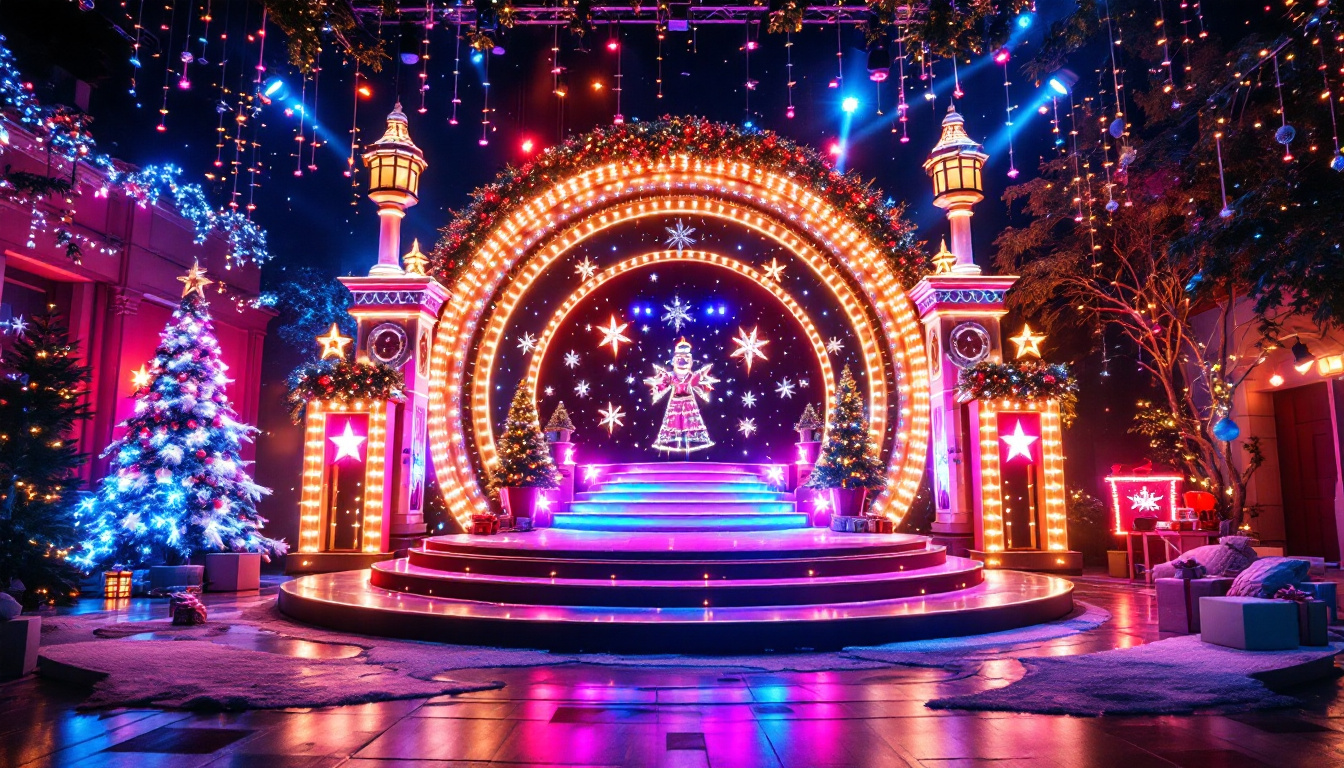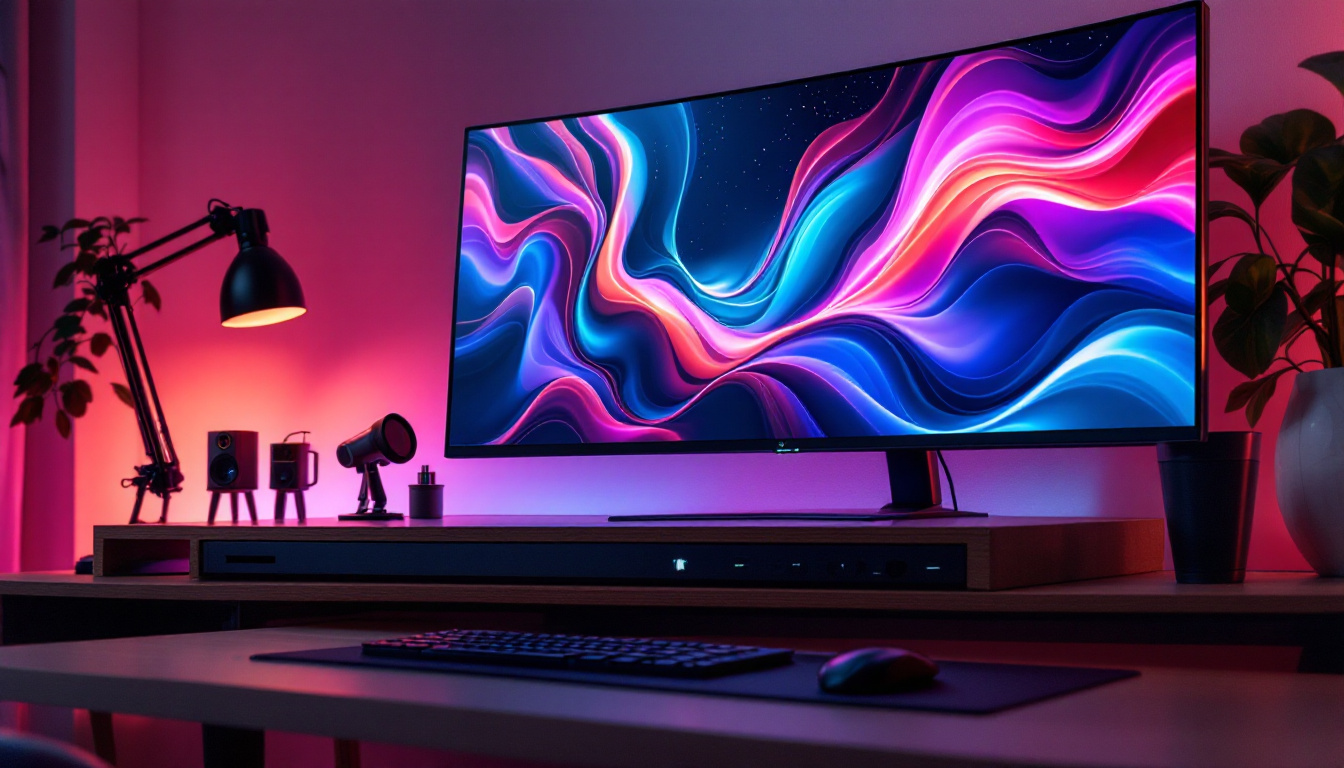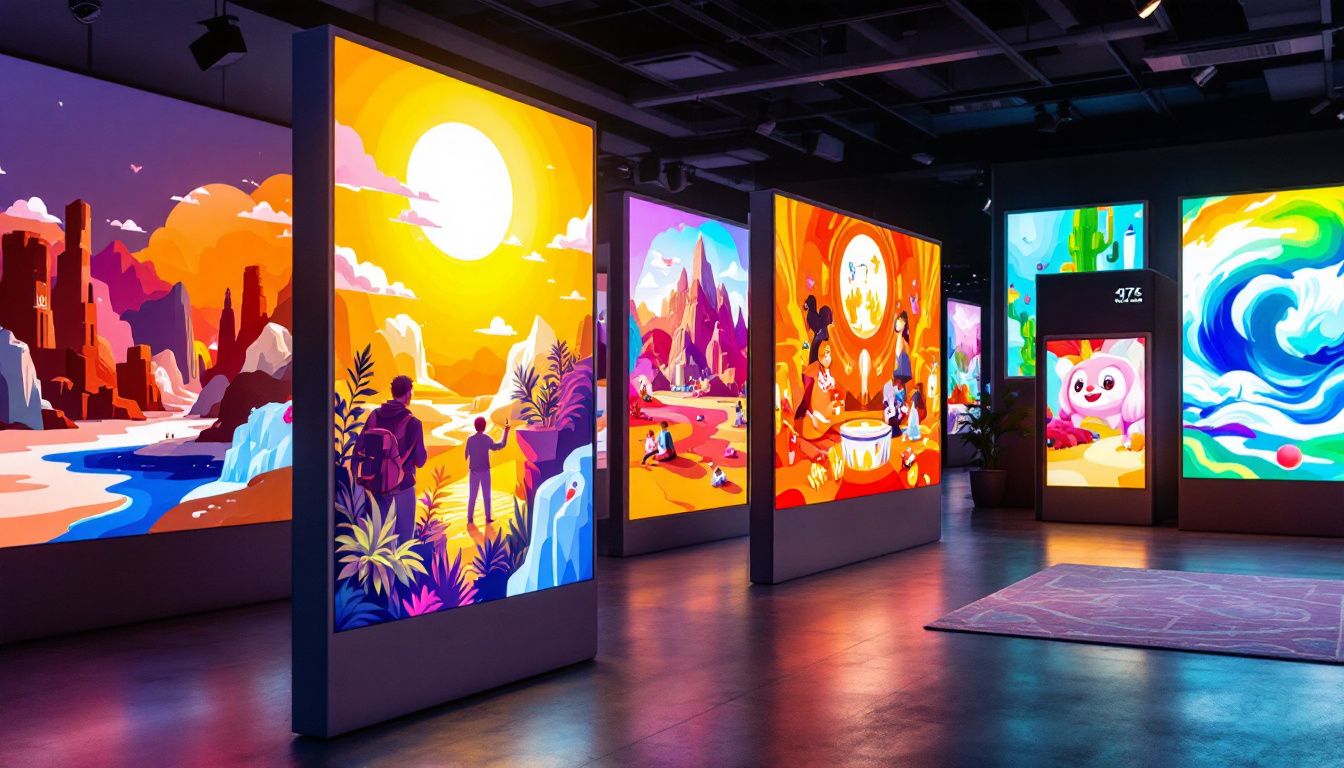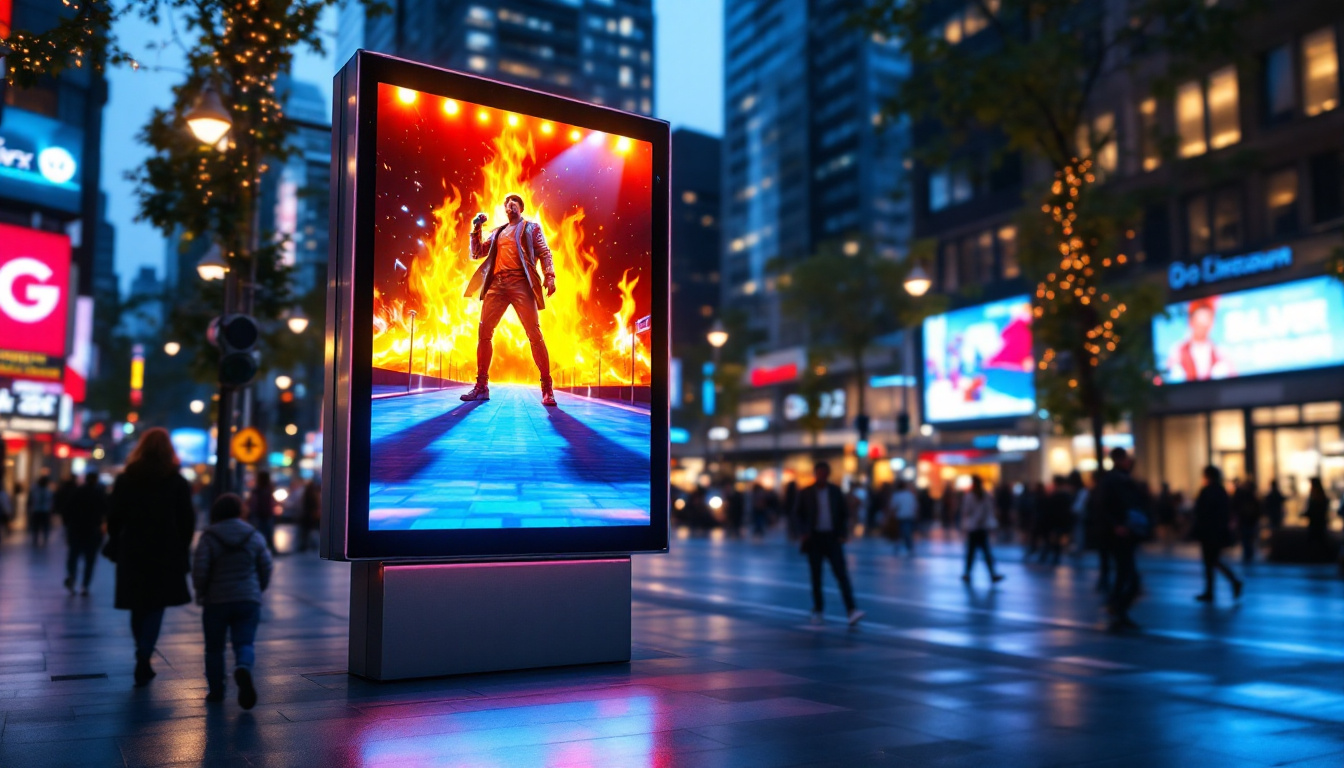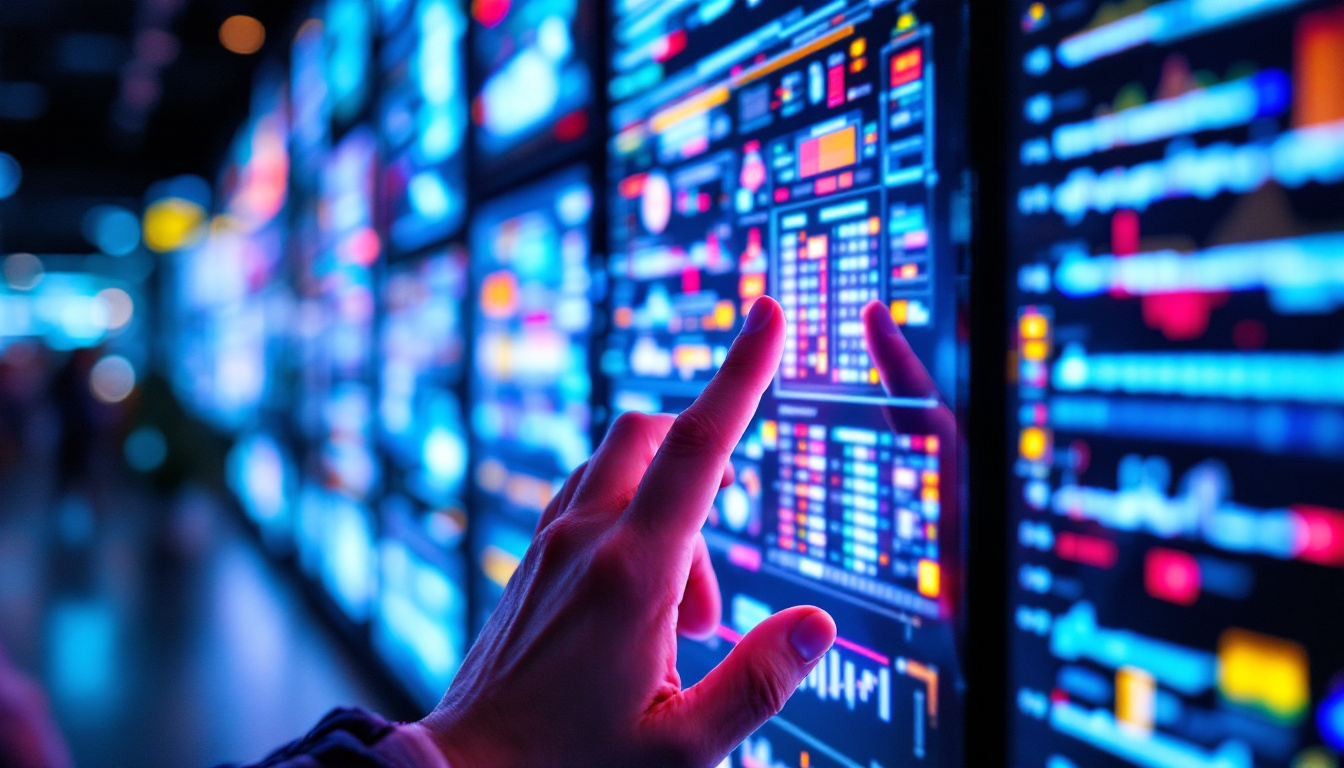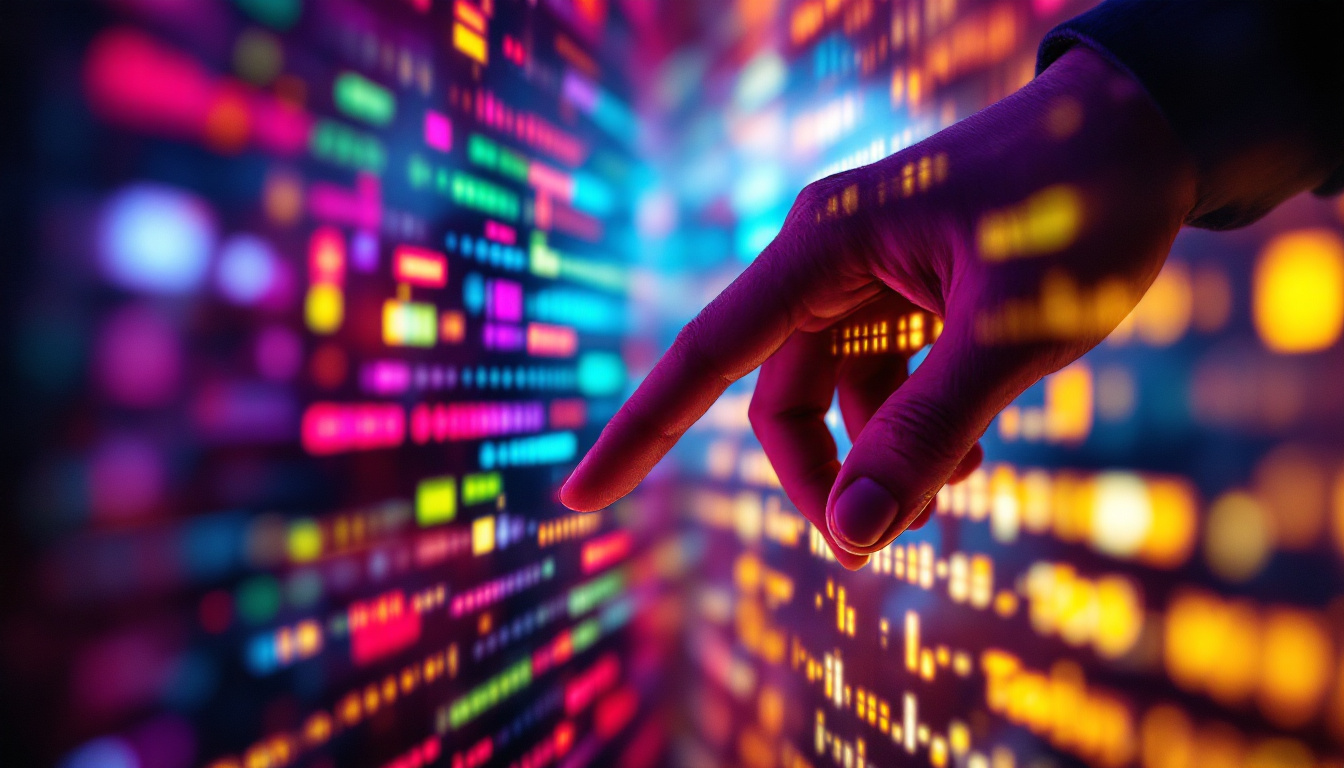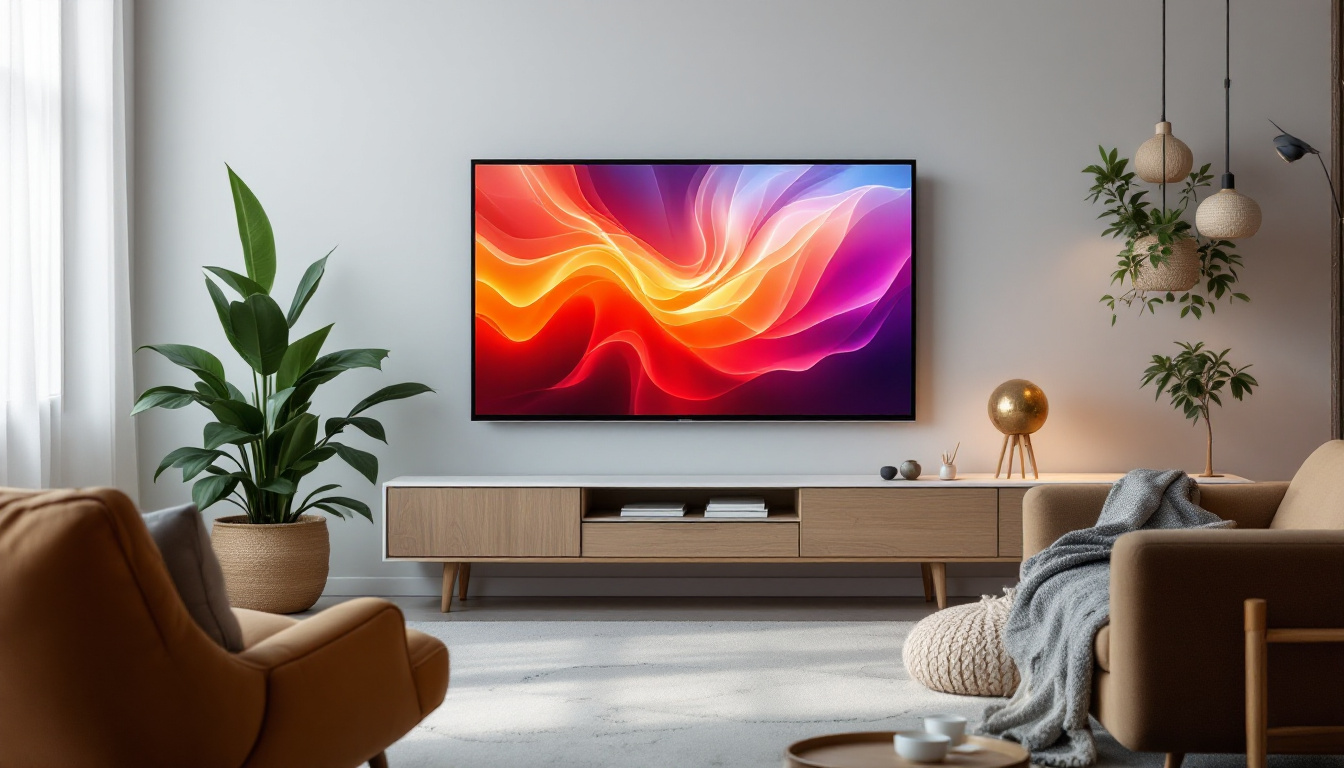In recent years, LED displays have transformed the landscape of visual communication, becoming a staple in various industries. From advertising to entertainment, LED panels offer vibrant colors, high brightness, and energy efficiency. This article delves into the intricacies of LED displays, exploring their technology, applications, and benefits.
Understanding LED Technology
Light Emitting Diodes (LEDs) are semiconductor devices that emit light when an electric current passes through them. The technology behind LEDs has evolved significantly, leading to the development of LED displays that are not only efficient but also versatile. The compact nature of LEDs allows for innovative designs in various applications, from consumer electronics to architectural lighting, making them a popular choice across multiple industries.
How LEDs Work
At its core, an LED is made up of a chip of semiconducting material that emits light when energized. The color of the light emitted depends on the materials used in the semiconductor. For instance, gallium nitride emits blue light, while gallium phosphide emits green light. By combining different colors, full-color displays can be created. This ability to mix colors is not just limited to displays; it also plays a crucial role in creating ambient lighting solutions that can enhance the mood of a space.
The process of creating light in LEDs is highly efficient compared to traditional incandescent bulbs. This efficiency translates into lower energy consumption, making LED technology an environmentally friendly choice. Additionally, LEDs have a longer lifespan, often lasting up to 25,000 hours or more, which reduces the frequency of replacements and the associated waste. This longevity, combined with their low heat emission, further solidifies LEDs as a sustainable lighting option.
Types of LED Displays
LED displays come in various types, each designed for specific applications. The most common types include:
- Direct View LED Displays: These displays consist of individual LEDs arranged in a grid, allowing for high-resolution images and videos.
- LED Video Walls: Composed of multiple LED panels, video walls are used for large-scale displays in arenas, concerts, and public events.
- LED Signage: Often used for advertising, these displays can be static or dynamic, providing real-time updates and information.
In addition to these common types, there are also specialized LED displays designed for niche markets. For example, transparent LED displays are gaining popularity in retail environments, allowing for eye-catching advertisements while maintaining visibility through the glass. Furthermore, flexible LED displays are being developed for applications that require unique shapes and contours, such as curved screens in modern architecture. These advancements illustrate the ongoing innovation in LED technology, catering to the ever-evolving demands of consumers and businesses alike.
Applications of LED Displays
The versatility of LED displays has led to their widespread adoption across various sectors. Their applications range from commercial advertising to artistic installations, showcasing their adaptability and effectiveness.
Advertising and Marketing
One of the most prominent uses of LED displays is in advertising. Businesses utilize LED screens to showcase their products and services in a visually striking manner. The ability to change content quickly allows for real-time marketing, capturing the attention of potential customers.
Outdoor LED billboards are particularly effective, as they can reach a large audience and are visible even in bright daylight. This capability makes them a preferred choice for high-traffic areas, ensuring maximum exposure for advertisers. Furthermore, the integration of interactive elements, such as QR codes or touch screens, can engage consumers even further, allowing them to interact with the advertisement directly and enhancing the likelihood of conversion.
Entertainment and Events
In the entertainment industry, LED displays play a crucial role in enhancing the audience experience. Concerts, festivals, and sporting events often feature large LED screens that provide live feeds, graphics, and animations, creating an immersive environment.
Moreover, LED technology has revolutionized stage design. The ability to create dynamic backdrops and visual effects allows performers to engage audiences in innovative ways, making each event unique. For instance, during live performances, LED screens can be synchronized with music to produce stunning light shows that captivate attendees, transforming a simple concert into a multi-sensory experience. This technology not only elevates the artistic presentation but also allows for storytelling elements to be visually represented, enriching the narrative of the performance.
Public Information Displays
LED displays are also widely used for public information systems. Transportation hubs, such as airports and train stations, utilize LED screens to provide real-time updates on schedules, delays, and other important information. This enhances the overall experience for travelers, ensuring they are well-informed.
Additionally, LED displays are employed in educational institutions to disseminate information, announcements, and schedules to students and staff, fostering a more connected community. Beyond just announcements, schools and universities are increasingly using LED technology to display achievements, upcoming events, and even art created by students, thereby promoting a sense of pride and engagement within the institution. This not only keeps the community informed but also encourages participation and collaboration among students and faculty alike, creating a vibrant educational atmosphere.
Benefits of LED Displays
The advantages of LED displays extend beyond their vibrant visuals. They offer a range of benefits that make them an attractive option for various applications.
Energy Efficiency
One of the standout features of LED technology is its energy efficiency. LED displays consume significantly less power compared to traditional display technologies, such as LCD or plasma screens. This not only reduces operational costs but also contributes to environmental sustainability.
Furthermore, the longevity of LED displays means that they require less frequent replacements, further minimizing waste and energy consumption over time.
High Brightness and Visibility
LED displays are known for their high brightness levels, making them ideal for both indoor and outdoor environments. The ability to maintain visibility in direct sunlight is a key advantage for outdoor advertising and public displays.
This high visibility ensures that messages are conveyed effectively, regardless of the surrounding lighting conditions, making LED displays a reliable choice for various applications.
Versatility and Customization
Another significant benefit of LED displays is their versatility. They can be customized in terms of size, shape, and resolution, allowing for tailored solutions to meet specific needs. Whether for a small retail space or a large stadium, LED displays can be designed to fit any environment.
This adaptability extends to content as well. Businesses can easily update their messages, ensuring that their displays remain relevant and engaging. This dynamic nature of LED displays is a crucial factor in their popularity.
Challenges and Considerations
While LED displays offer numerous benefits, there are also challenges and considerations that potential users should be aware of. Understanding these factors can help in making informed decisions regarding the implementation of LED technology.
Initial Costs
One of the primary challenges associated with LED displays is the initial investment. The cost of purchasing and installing LED technology can be higher than traditional display options. However, it is essential to consider the long-term savings in energy costs and maintenance when evaluating the overall return on investment.
Many businesses find that the benefits of LED displays outweigh the initial costs, particularly when considering their durability and longevity.
Maintenance and Upkeep
While LED displays are generally low-maintenance, they still require periodic checks and maintenance to ensure optimal performance. Dust and debris can accumulate on the surface, affecting visibility and brightness. Regular cleaning and servicing can help mitigate these issues.
Additionally, as with any technology, there is a possibility of component failure. Having a reliable maintenance plan in place can help address any issues promptly, minimizing downtime.
Content Management
Effective content management is crucial for maximizing the impact of LED displays. Businesses must invest time and resources into creating engaging content that resonates with their audience. This may involve hiring professionals or utilizing specialized software for content creation and scheduling.
Without compelling content, even the most advanced LED display may fail to capture attention, highlighting the importance of strategic planning in display utilization.
The Future of LED Displays
The future of LED displays looks promising, with ongoing advancements in technology and design. As the demand for high-quality visual communication continues to grow, innovations in LED technology are expected to evolve, offering even more capabilities.
Emerging Technologies
New developments in LED technology, such as MicroLED and MiniLED, are paving the way for even higher resolutions and improved color accuracy. These technologies promise to enhance the viewing experience, making LED displays an even more compelling option for various applications.
Additionally, the integration of smart technology and IoT capabilities is expected to revolutionize how LED displays are managed and utilized. This will enable real-time content updates and analytics, allowing businesses to tailor their messaging more effectively.
Environmental Considerations
As sustainability becomes a priority for many organizations, the environmental impact of LED displays will continue to be a significant consideration. Manufacturers are increasingly focusing on creating energy-efficient products and sustainable practices in production.
Recycling programs for old LED displays and components are also gaining traction, further contributing to a more sustainable approach to visual communication.
Conclusion
LED displays have undeniably transformed the way information is communicated across various sectors. Their energy efficiency, high visibility, and versatility make them an invaluable tool for businesses and organizations. While there are challenges to consider, the benefits far outweigh the drawbacks, making LED technology a wise investment for the future.
As advancements continue to shape the landscape of LED technology, it is crucial for businesses to stay informed and adapt to these changes. Embracing LED displays not only enhances communication but also positions organizations at the forefront of innovation in visual technology.
Discover LumenMatrix LED Display Solutions
Ready to elevate your visual communication strategy with the latest in LED technology? LumenMatrix is at the forefront of innovation, offering a diverse range of LED display modules tailored to your unique needs. From captivating Indoor LED Walls to dynamic Vehicle LED Displays, and transparent solutions that transform any glass surface into a stunning display, we have the cutting-edge technology to bring your vision to life. Experience the power of enhanced engagement and crystal-clear messaging. Check out LumenMatrix LED Display Solutions today and step into the future of digital signage.

